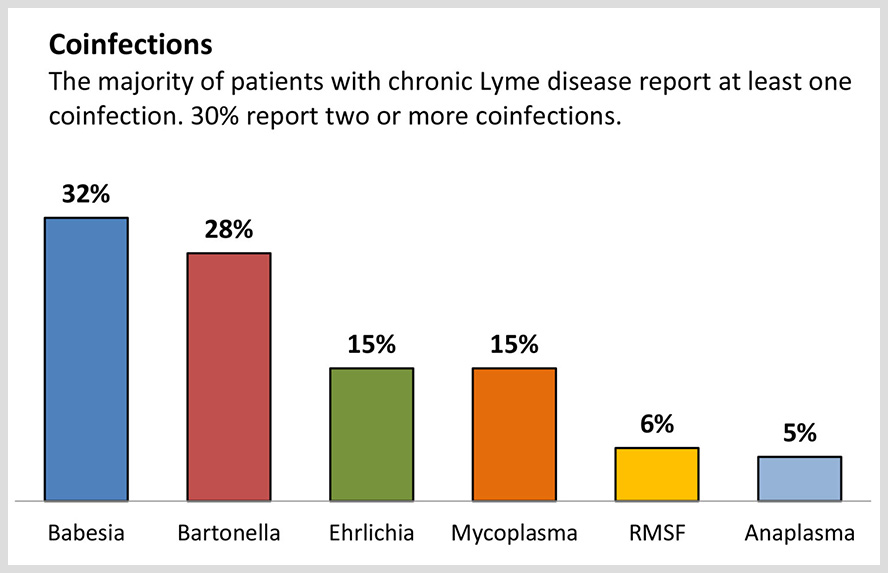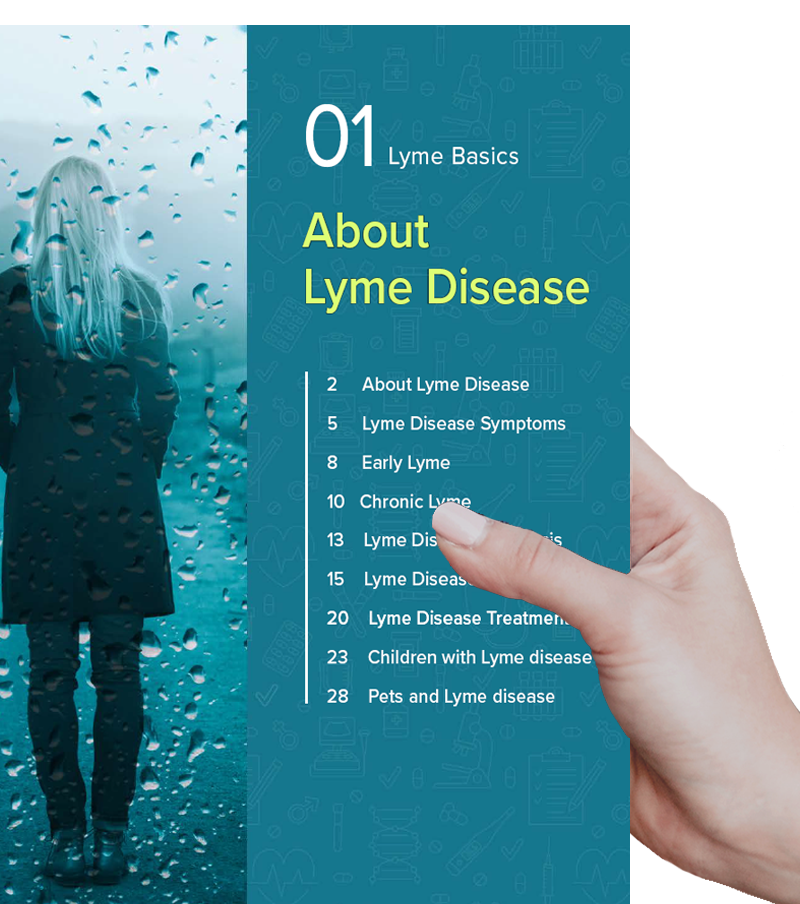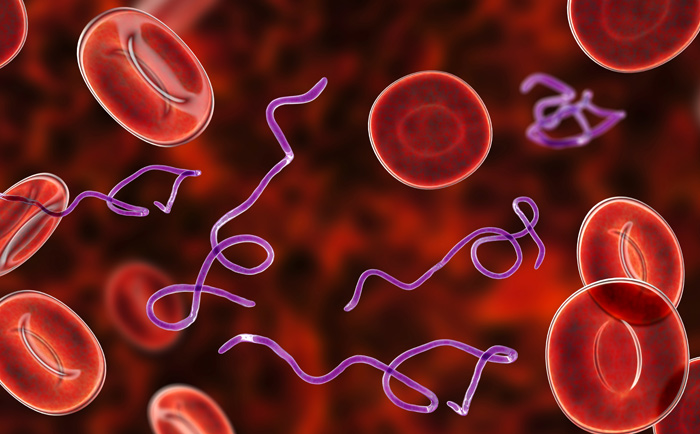Lyme disease co-infections
Lyme Disease Co-Infections Worsen Symptoms
Lyme disease is commonly thought of as one infection caused by the bacterium Borrelia burgdorferi, transmitted through the bite of a blacklegged tick. However, co-infections — where multiple pathogens are transmitted in a single tick bite — are more common than many realize. These may include bacteria, viruses, fungi, and protozoa.
These Lyme disease co-infections often lead to more severe illness, a wider range of symptoms and a more complicated recovery.
Medical professionals are encouraged to consider the possibility of co-infections — especially Babesia and Anaplasma — when patients with Lyme disease experience unusually intense symptoms or fail to improve with treatment. Other coinfections may also be involved and should not be overlooked.
Types of Co-Infections
Need Co-infection subtitile
How Common Are Co-Infections?
In the northeastern U.S., studies have found that up to 45% of blacklegged ticks carry more than one pathogen ─ meaning that a single tick bite can result in co-infections. And, up to a third of individuals diagnosed with Lyme disease, may also have at least one co-infection.
A survey conducted in endemic regions reported that nearly 1 in 5 people with Lyme disease also tested positive for the co-infection babesiosis.

While anaplasmosis and ehrlichiosis are less common, they still impact up to 10% of Lyme patients. And recent data indicates that the number of cases of Borrelia miyamotoi, another coinfection, is on the rise.

Top Co-Infections in Lyme Disease Patients
According to a survey by Lymedisease.org, out of 3,000 patients with chronic Lyme disease, over 50% had co-infections, with 30% reporting 2 or more. The most common Lyme disease coinfections include: Babesiosis (32%), Bartonella (28%), Ehrlichia (15%), Mycoplasma (15%), Rocky Mountain spotted fever (6%), and Anaplasma (5%).
However, in a study by Sperling and colleagues, the most common coinfections found in patients with Lyme disease were Bartonella (36%) and Babesia (19%), followed by Anaplasma (13%). The specific co-infections people develop can vary depending on geography. In this case, the study involved primarily Canadian patients.
Note: While both ticks and humans are known to carry Bartonella, scientists are still studying the exact way this infection is transmitted.
Why Lyme Disease Co-Infections Matter
More Severe Illness:
Co-infections often lead to more intense symptoms and longer recovery times.
Complicated Diagnosis:
Lab tests may not detect all infections at once, and symptoms often overlap.
Treatment Differences:
While Lyme disease is treated with antibiotics like doxycycline, Babesia requires anti-parasitic medications. Missing a co-infection can result in incomplete treatment.
Note: The information presented on this page has been reviewed and approved by a member of our Medical Leadership Board.
Could your symptoms be due to a tick-borne disease infection?
Answer a few questions in our quiz to find out if you might have Lyme disease or a tick-borne infection.
Could your symptoms be due to a tick-borne disease infection?
Answer a few questions in our quiz to find out if you might have Lyme disease or a tick-borne infection.
Could your symptoms be due to a tick-borne disease infection?
Answer a few questions in our quiz to find out if you might have Lyme disease or a tick-borne infection.
Could your symptoms be due to a tick-borne disease infection?
Take the first step towards understanding tick-borne disease with an exclusive guide to something here, all backed by world-leading science.

More Lyme Basics
Learn More
Ticks are tiny parasites that feed on the blood of their hosts (humans and animals) in order to survive and advance to the next life cycle stage. Most ticks have four stages: egg, larva, nymph and adult. The larva and nymph need a blood meal to move to the next stage. Ticks are extremely small, with the nymph the size of a pinhead.
Learn More
Learn More











